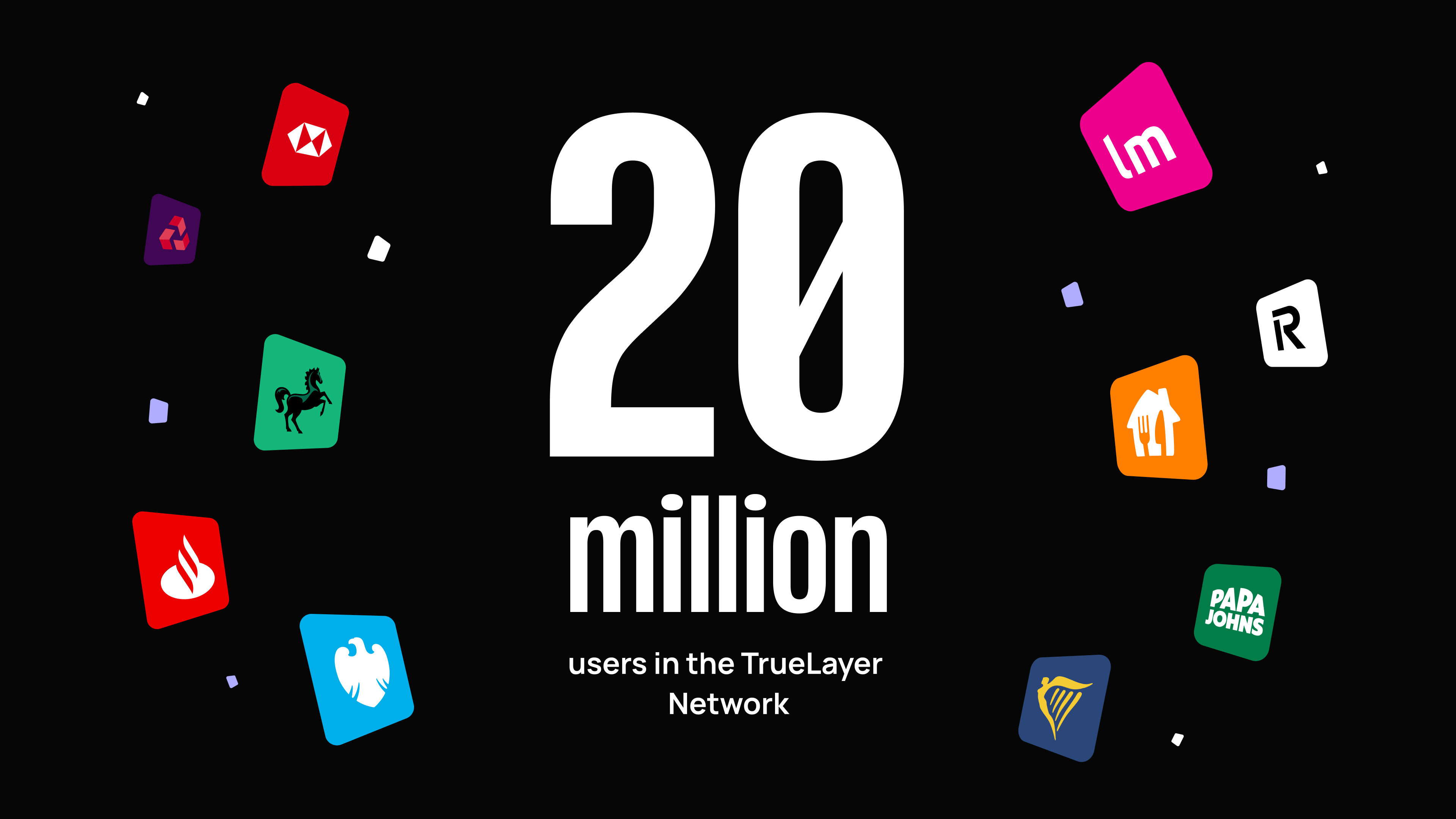Change at the checkout is here. The innovators know it, as do those with a passion for customer experience. Or perhaps just those keeping a close eye, or finger, on industry news. Whatever brought you to the table, it’s time to extend the invite. 2025 is about to put a foot to the floor in the world of payment innovation, and there are little signs of slowing down. So, how did we get here? Let’s dive into the why behind the change, as well as the emergence of Pay By Bank.
1. Card outages won’t let up
August brought the Crowdstrike outage and November brought the US elections. How are these two events related? Firstly, they had a far-reaching impact across the globe. With the Crowdstrike outage; flights were cancelled, businesses were left completely unable to function, and TV stations were temporarily knocked off the air. Resilience slipped and those without an alternative payment method were hit hard, with a path to recovery not always guaranteed.
For the innovators in the market, having a failsafe to card payments protected not only their resilience, but their bottom line. During the crowdstrike outage, data from ecommerce giant lastminute.com saw Pay by Bank spike during a time when other ecommerce sites were experiencing nothing other than a disaster for their business. It’s clear that those who centre their customers within every stage of the ecommerce journey reap their rewards via conversions.
The US elections also increased urgency to build greater resilience within European payments, as reported by the Financial Times. With a big portion of payments in Europe and the UK relying on US companies and payment systems, the risks around the critical infrastructure’s resilience have significantly increased. If Europe hadn’t already woken up, with global trade being a potential target, it’s sure to now.

2. Card costs probably aren’t going down
For decades, increasingly higher card acceptance fees have created headaches for retailers. Credit and debit cards were designed for an analogue age and with an online-first culture accelerating, the challenges associated with them have increased sharply. As a result, both merchants and consumers are left out of pocket.
Alongside fees, the higher rates of fraud and chargebacks which accompany credit and debit cards also hit merchants’ revenue, with several enterprise merchants spending upwards of £1 million managing and fighting chargebacks each year.
TrueLayer’s recent Change at the checkout 2025 report, in partnership with Juniper Research, captures insights from over 1,000 UK online shoppers and 300 ecommerce merchants to explore the shifts in payment preferences. When participants were asked “what are the biggest pain points with your current payment providers?”, 68% identified high costs, while 58% identified reducing costs as one of their top priorities for choosing a new payment method.
If you’re wondering how Pay by Bank reduces costs for merchants and consumers, it’s because it uses technology to cut out multiple layers in the payment chain, such as acquirers and card schemes, as well as minimising the associated costs of chargeback.
Plus, the inherent security of Pay by Bank reduces instances of fraud, which only add to the cost of card payments.

3. Consumer expectations have created a new state-of-play
Consumers today value experience. A seamless ecommerce payment experience means so much to consumers when many ecommerce sites have disjointed, lengthy processes that do little to win a sale, let alone turn customers into loyal, repeat purchasers.
While security is a factor for consumers selecting their payment method, ease comes closely behind.
What’s clearer than ever is that speed is a real sticking point for consumers. Unsurprisingly the need for speed spans further than pay-outs, it’s crucial for pay-ins too. In a world of ‘now, now, now’, instant processes and easy-to-use platforms are not just a nicety, they’re non-negotiable.

But for the sceptics in the back, let’s answer the burning question; “how do we know consumers are ready to use Pay by Bank?”
Well, without sounding too direct, because they said so. 65% of consumers expressed comfort with using Pay by Bank, and 23% stated they’ve already used it.

2025 is the year of Pay by Bank
We know why emphasising secure, efficient, and transparent checkout journeys are essential for benefitting the lived experiences of both merchants and consumers. For the most part, leaders in the payment space are on the case, with 90% either integrating or considering integrating Pay by Bank within their payment options.
But, the window to be a first-mover is closing. While the proportion of those already offering it is still low, the race is on for those 90% of merchants with Pay by Bank in their plans to be part of the early adopters. Why? The first movers know all too well the revenue uplifts speed to market brings.
For those cautious about adoption and slow to make a change, it’s worth noting that 57% of shoppers say an incentive for purchasing would influence their choice to try a new payment method. What’s more, 53% of shoppers say that explaining the benefits of Pay by Bank would be an incentive in itself. Food for thought.
To find out why ecommerce merchants are more keen than ever for an alternative to card payments, read the full Change at the checkout 2025 report here.

TrueLayer hits 20 million users as Pay by Bank adoption accelerates

Hiring in the time of AI: what candidates need to know

)

)

)
)
)
)
)
)
)